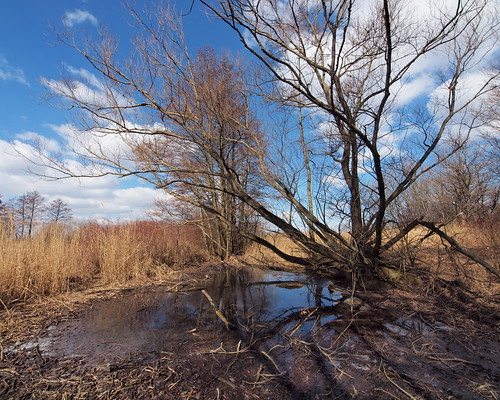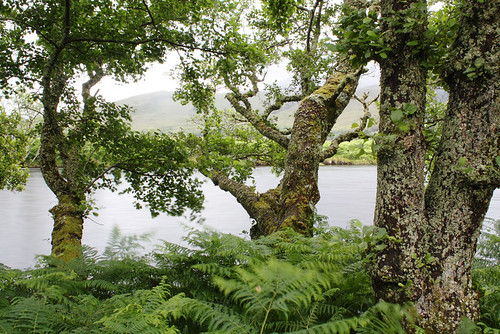Common Alder – Root and Branch Review
A water loving tree that is comparatively short lived at about 150 years. It is fast growing and can often be found near river banks.
Key Features of the Common Alder
- Latin name – Alnus glutinosa other common names Black Alder or European Alder
- Height – 60-80 feet
- Type of tree – deciduous
- Leaves – Green, rounded, finely toothed alternate.
- Flowers – Male reddish brown in drooping catkins; female on same tree solitary red
- Fruit – Woody oval and cone like
- Bark – Dark grey-brown and scaly when mature
- Family – Betulacaea
Origins and Distribution of the Common Alder
- Found throughout Europe and western Asia.
- Now also grown in North Africa.
Uses and Attributes of the Common Alder
- The wood can take on an attractive reddish colour when cut and it has been used for charcoal and gunpowder..
- Many clogs have been made out of Alder.
- The wood does not rot when immersed in water and has been used extensively for boats, water pipes and canal lock gates
- Major parts of Venice are built on pilings made from Alder
- The tree and bark in particular has several medical uses.
Gardeners Tips for the Common Alder
- Common Alder is often used as a pioneering plant to re-establish woodlands, reclamation projects and abandoned farmlands.
- Seedlings do not grow well in shady conditions and are seldom found in heavy woodlands.
Other types of Common Alder
- Several forms of common alder exist including fastigiata, laciniata with stiffer habit, pyrimidalis with branches at an acute angle.
- Alnus glutinosa Imperialis is attractive with deeply and finely cut leaves.
- There are about 25 species of Alder in addition to glutinosa but few grow taller than the Common Alder.
Common Alder comments from elsewhere
- Top photo ‘Lower Austria, districts Wien-Umgebung and Bruck/Leitha (Fischa-Auen, 177 m AMSL).
Fischa alluvial forests in so-called Feuchte Ebene (‘wet plain’) are dominated by black alder; Salix (S. alba featured here, the huge one in centre right) and Populus – which prevail in Danube river alluvial forests – are present but not dominant.
German name: Silber-Weide + Schwarz-Erle.’ - ‘Alder is the most common tree species in riparian forests, and it plays a crucial role in these stream- and loch-edge woodlands. As a deep-rooted species, it helps to maintain the soil in river banks and reduces the effects of erosion. Alder root systems which are exposed in the water give shelter to fish during times of high water flow, and provide a safe refuge from predators. Alder foliage provides shade which is beneficial to fish, including salmon (Salmo salar) and brown trout (Salmo trutta), and its leaves, which are relatively quick to decompose in water, provide nutrients for invertebrates such as the larvae of caddisflies, stoneflies and water beetles. These in turn form part of the aquatic food web, and are eaten by larger organisms, including salmonid fish.’ read the full text on Trees for Life
Read about our series on British tree reviews with a bakers dozen fact sheets
Credits
“Schwarzerlenau/Alder forest – Salix alba + Alnus glutinosa (48°01′ N 16°30′ E)” by HermannFalkner/sokol CC BY-NC-SA 2.0
“Alder trees, Alnus glutinosa, on the northern bank of the Kinlochewe River near the south-eastern end of Loch Maree.” by Shandchem CC BY-ND 2.0

